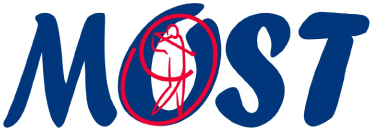The Elbow is Connected to the Neck Joints
Ouch! It’s that pesky tennis elbow again….or is it? Pain on the outside of the elbow is often automatically called tennis elbow (technically lateral epicondylitis) but may in fact be any one of several other problems associated with the joints or tendons of the area. One of those “other” problems may actually progress to lateral epicondylitis if not discovered and treated early once the elbow pain starts.
A group of several muscles responsible for moving the hand and wrist arise from a common tendon on the outside (lateral) portion of the elbow called the lateral epicondyle of the humerus; hence the term “lateral epicondylitis” once this tendon is inflamed. Painful trigger points within the forearm muscles may also radiate pain to the tendon area while the tendon itself is not yet involved. A biomechanical dysfunction within the neck with often surprisingly few local symptoms can create trigger points in these muscles. This influence not only weakens the muscle but causes pain in the tissue as well. As early as 1955, Dr. Irvin Korr, an osteopath, coined the term facilitated segment describing this syndrome and detailing it’s anatomical basis.
Due to the spinal twisting and turning of the golfer’s swing, the physical therapists on TOUR see this sort of problem daily in one form or another. Because practice and play times of a TOUR pro are often unyielding, tendon inflammation may occur from the weakened, painful state of the muscle making treatment of the trigger points within the muscles and the underlying neck problem as important as treating the tendon itself.
Always remember to ice a painful elbow for no more than 15 minutes to decrease pain and limit inflammation as most cases of “tennis elbow” may be traced to simple overuse—like the first day of spring golfing or that three day golfing trip to Phoenix in January. Occasionally a facilitated segment is lurking nearby making treatment more complex. For these times a referral to a physical therapist skilled or certified in manual therapy may be just the ticket for your return to painfree golf.
